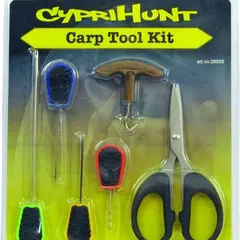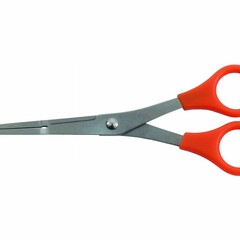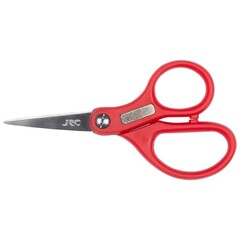-
Login/Register
-
Customer service
- Back
- Customer service
- Frequently asked questions
- 0518-700204Direct answer
- EmailAnswer in 12 Hours
- FacebookAnswer in 12 Hours
- Payment methods
- Pick up order, shipping & returns
- Company & payment information
- Frequently asked questions
- Shipping information
- About us- CV Fishing and its team
- Privacy policy
- Disclaimer
- General terms and conditions
- About us
- Currency: EUR
- Language: English
- You have no items in your shopping cart...
-
LoginorRegister
By creating a customer account, your information will be automatically added to each order in the order form.
- All your orders and returns in one place
- The ordering process is even faster
- Your shopping cart stored, always and everywhere
-
Carp
- Back
- Carp rods
- Carp reels
- Holdall's, rod wraps and rod protection
- Carryall's & bags
- Bait & boilie bag's
- Storage bags
- Bite alarms & accessories
- Swingers, bite indicators & accessories
- Bedchairs, chairs & accessories
- Bivvies, brolly's & accessories
- Sleeping bags & accesories
- Rod pod's & rod supports
- Carp care & handling materials
- Landing nets & accessories
- Carp bait
- Bait equipment & tackle
- Fishing line
- Tackleboxes, rig tackle & lead
- Carp clothing
- Lighting and cooking equipment
- Carp books
- Bait boats & boats
- Carp barrow's & accessories
- Others
-
Predator
- Back
- Rods
- Spinning reels
- Baitcasting reels
- Fishing line
- Rod holdall's & rod tubes
- Carryalls & bags
- Landing nets and accessories
- Tackle boxes
- Crankbait & swimbait lures
- Jerkbaits
- Spinners & spoons
- Shads & softbaits
- Jig heads & lead
- Predator rigs & end tackle
- Clothing
- Pliers, knives & tools
- Books & magazines
- Others
-
Trout
-
Catfish
-
Coarse & match
- Back
- Picker & feeder rods
- Telescopic and put over poles
- Match rods
- Spinning reels
- Fishing line
- Seat boxes
- Holdalls & tubes
- Seatbox & platform accessories
- Feeder & rod support
- Fishing umbrellas
- Pan nets, landing nets & accessories
- Bags & boxes
- Keep net's & accessories
- Rig accessoires
- Bait accessories
- Baits
- Clothing
- Books & DVD's
- Others
- Fly
-
Sea
- Clothing
- Lines
- Reels
-
Vintage & classic
- Visboats & accessoires
- Sell & part-exchange
- Outdoor
























































